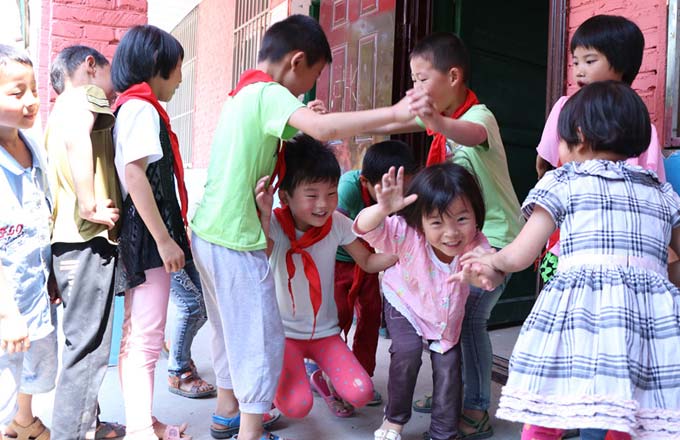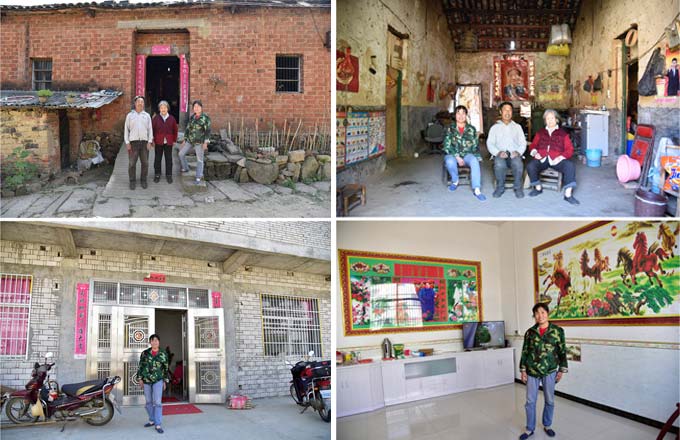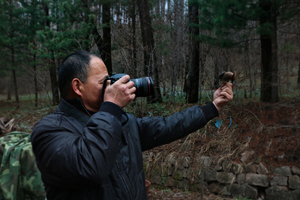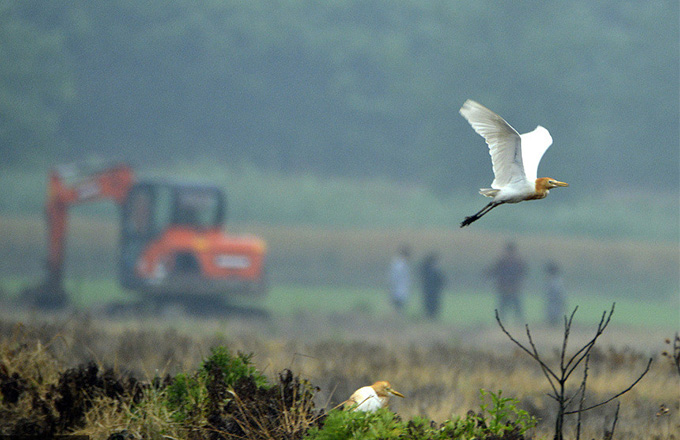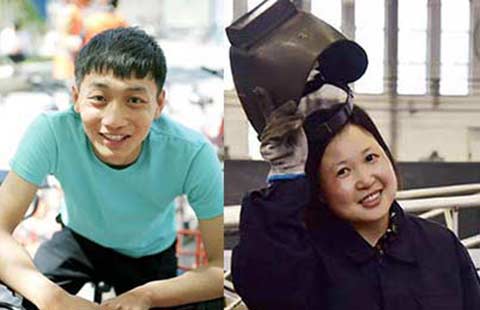Freedom of religious belief protected in Xinjiang: white paper
Rights of women, children, the elderly, disabled protected in Xinjiang
BEIJING -- A white paper issued by China's State Council Information Office on Thursday said China has taken targeted measures to meet the special needs of women, children, the elderly and the disabled in Northwest China's Xinjiang Uygur autonomous region.
According to the white paper, titled "Human Rights in Xinjiang - Development and Progress," steady increase has been oberved in the number of women participating in the management of public affairs and female officials increased in number from 14,661 in 1955 to 435,000 in 2015.
Children's rights have been fully protected, it said. By the end of 2016, the mortality rates of infants and children under the age of five had dropped to 16.43 per thousand and 26.31 per thousand, respectively.
The white paper said ten courts have set up independent comprehensive juvenile tribunals, in addition to 24 fixed collegial panels and 42 courts that appoint special personnel to handle juvenile cases.
The mechanism for protecting the rights of the elderly has constantly improved, said the white paper.
From 2010 to 2016, Xinjiang had invested a total of 4.18 billion yuan in building 504 nursing institutions for the aged, 430 million yuan in building care centers for elderly people with disabilities and dementia, and 81 million yuan in building nursing homes, social welfare institutes, township service and welfare centers, community day-care centers, rural elderly people's homes and other programs.
The white paper said marked progress has been made in the protection of the rights and interests of the disabled.
Xinjiang has now 1.07 million people with disabilities. Of these, 225,000 are covered by the subsistence allowances for urban and rural residents, and 298,000 have participated in the basic old-age insurance schemes respectively for urban and rural residents, it said.
By the end of 2016, it had provided rehabilitation treatment and service to 1.14 million recipients, performed 214,300 cataract operations, and distributed 156,900 assistive devices for free, according to the white paper.








